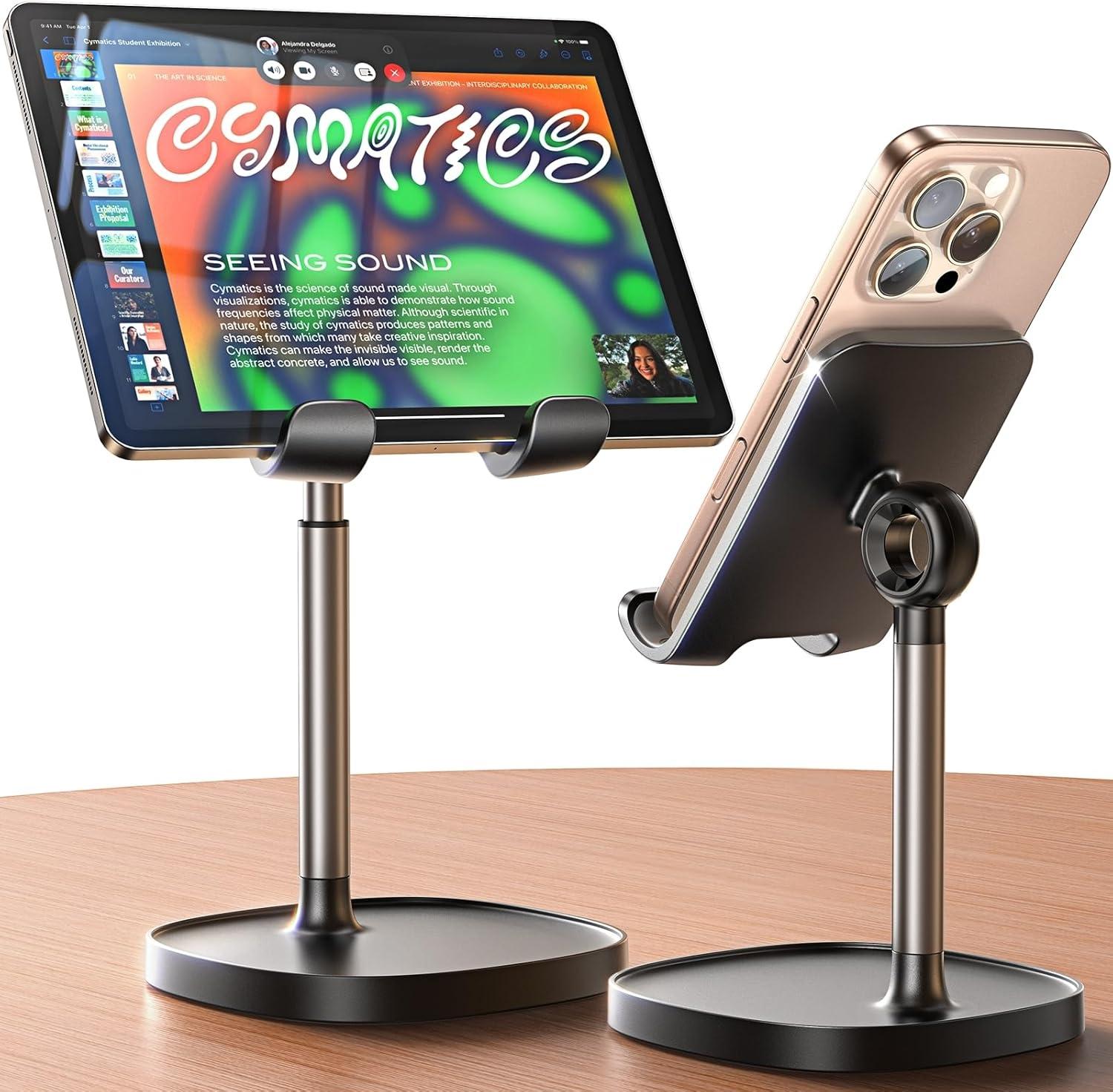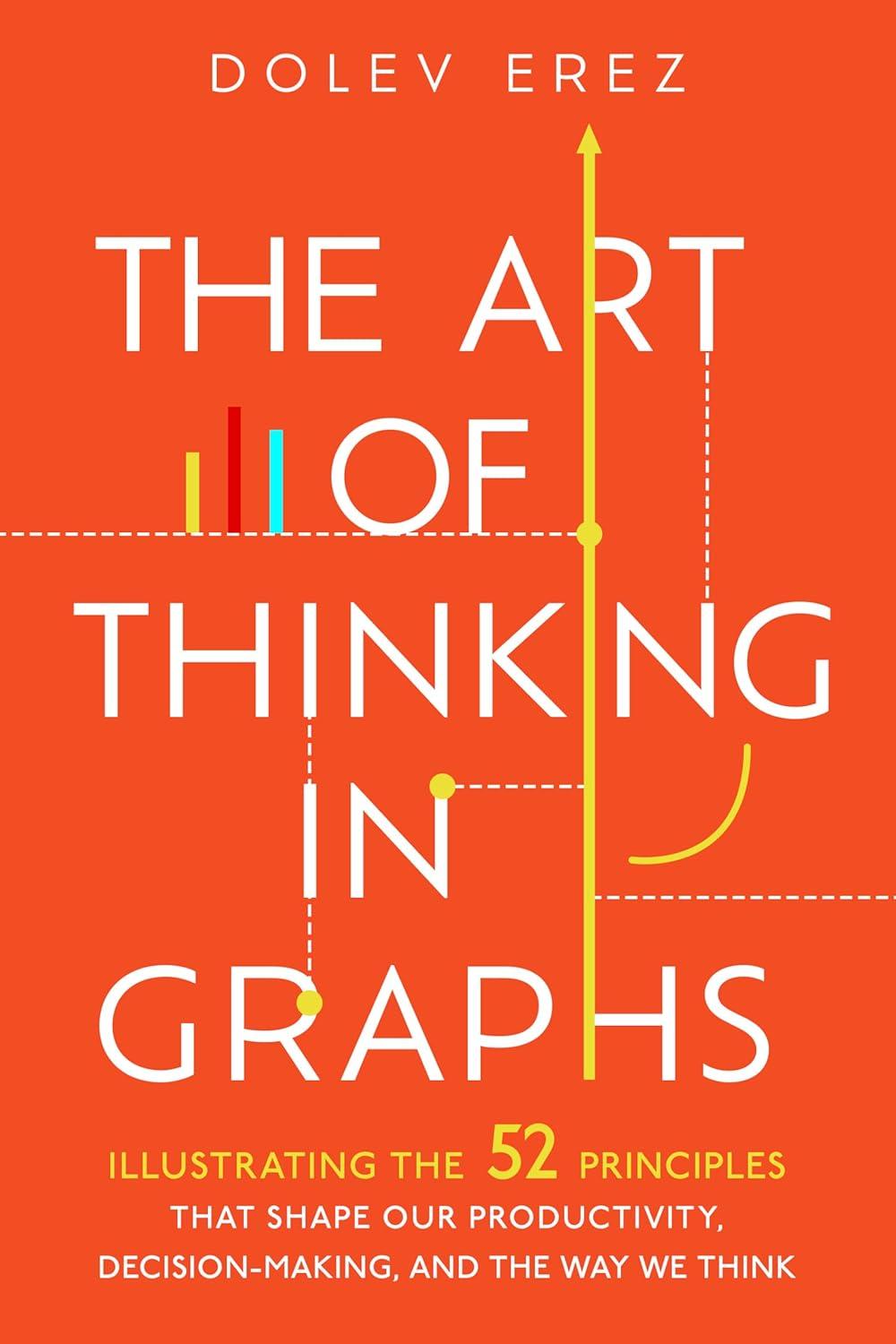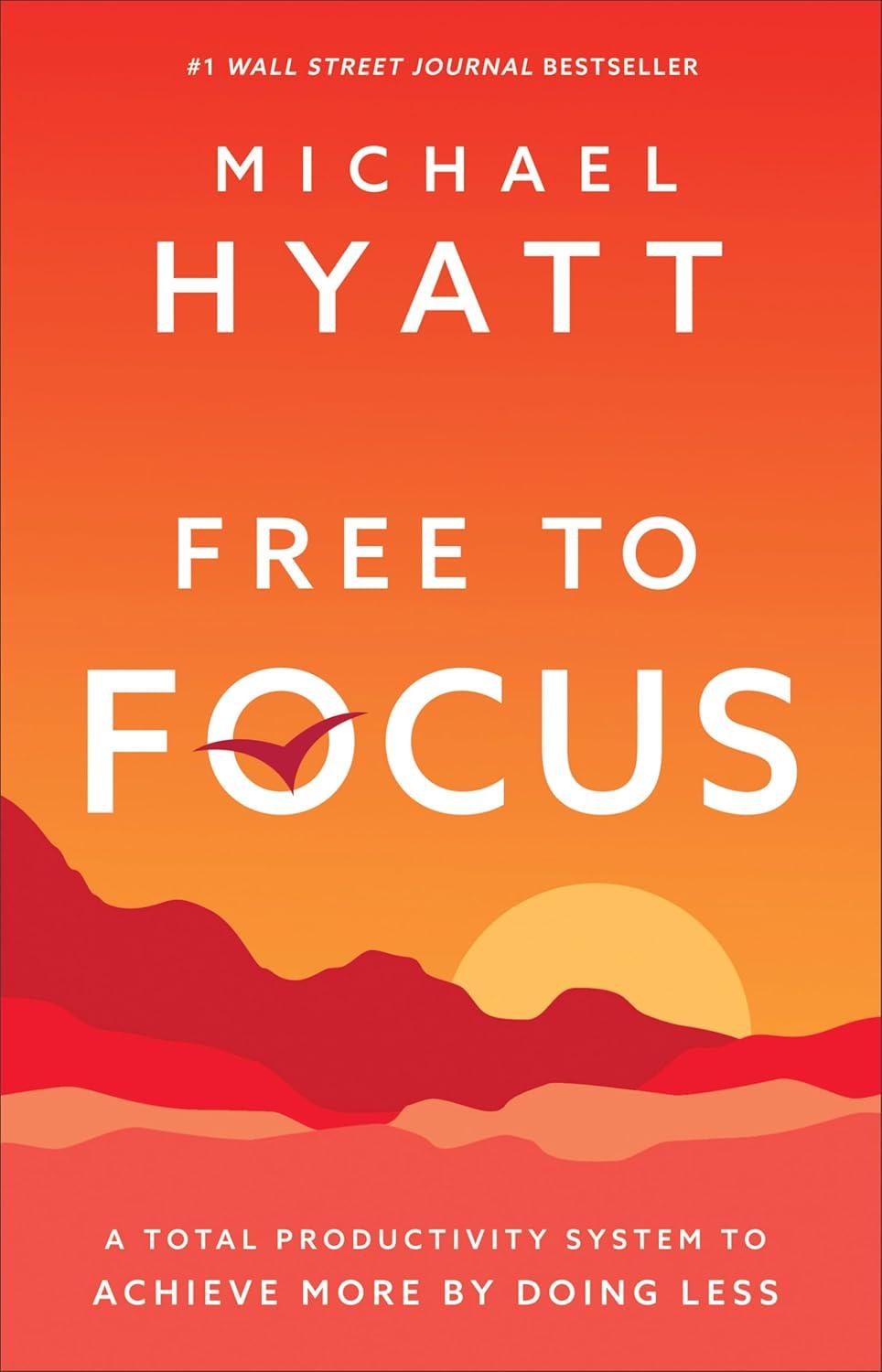Presentations form a vital component in the communication loop of the corporate and academic worlds. With the right mix of content, visual appeal, and engagement, a presentation can drive your message home and leave a long-lasting impact. A powerful presentation doesn’t happen by accident; it requires a perfect blend of planning, execution, and design elements. Keep reading to know more.
Understanding the Importance of a Professional Presentation

A professional presentation helps establish clarity, engage the audience, and establish authority. The visuals, texts, and discourses in a presentation can simplify complex concepts, making them easy to understand. Hence, professional presentations act as a potent tool in both internal and external communication.
Professional presentations can also build credibility and reflect professionalism. It shows that you have taken the time to gather and organize your thoughts, which enhances the audience’s confidence in the conveyed message. It also shows respect for your audience’s time as you deliver a structured and clear message.
A well-organized presentation also enables more interaction and productive dialogue with the audience. It can create opportunities for discussion or debate, stimulating ideas or solutions.
Finally, presentations have the ability to invoke action. An impactful presentation can influence an audience’s perspectives, trigger decisions, and inspire change so it’s crucial to make them engaging. Consider partnering with a professional presentation design company like Stinson Design for impactful content and design for your PowerPoint presentations. You can visit https://www.stinsondesign.com/ to learn more.
Setting the Goals and Objectives of Your Presentation

Before you start designing your presentation, you need to establish clear goals and objectives. What is your key message? What do you want your audience to take away from your presentation? Answering these questions can provide a direction for your content and design.
Having a clear purpose will also help maintain consistency throughout the presentation. It creates a cohesive narrative that keeps your audience engaged and ensures that your message doesn’t get lost in unnecessary details.
Once you know your objectives, you can plan your presentation accordingly. Map out what information needs to be shared, how best to communicate these points, and what kind of visuals or multimedia elements will enhance your message.
A comprehensive plan will not only make the design process easier but will also make sure your presentation aligns with your goals and objectives at every step.
Crafting Engaging Content for Your Presentation

The content of your presentation is as important as its visual appeal. Engaging and informative content keeps your audience focused and involved. Less is often more when it comes to creating content for a presentation. Keep your sentences short, impactful, and to the point, making sure every word counts.
Creating relatable content is another important aspect. Try and connect with your audience’s experiences, expectations, or interests. Such content can strike a chord with your audience, making your presentation more impactful.
Keep in mind that your audience’s attention span is limited. Hence, it’s crucial to keep your content fresh and intriguing. Use interesting facts, relevant anecdotes, or thought-provoking questions to keep them hooked.
Lastly, always remember to double-check for grammar or spelling errors. Such errors can be distracting and can affect the perception of you as a professional.
The Art of Visual Design in Professional Presentations
The visuals in your presentation should be an extension of your narrative. The right visuals can simplify complex information, and make your content more memorable. Good design can also have a strong impact on how your audience perceives your message.
While designing your presentation, focus on consistency. From fonts to color schemes, make sure your design elements are consistent. Also, don’t overwhelm your slides with too much information. A clutter-free design can make an impressive impact.
Images and diagrams can speak louder than words. Use them to break up your text and to support your narrative. However, be sure to use high-quality images, and keep them relevant to your content.
Top Tips to Deliver an Engaging Presentation Successfully
Your delivery style can make or break your presentation. Develop a connection with your audience and be enthusiastic in your delivery. Make it interactive by asking questions, seeking feedback, or simply making eye contact with audience members.
Practice is key to a successful presentation delivery. It will help build your confidence, improve your timing, and enable you to handle any technical glitches that might arise.
Another important tip is to be adaptable. Be prepared to adjust your presentation or delivery style based on your audience’s reaction during the presentation.
In conclusion, professional presentations require thoughtful preparation and skilled execution. Remember, your presentation is an extension of your brand and professionalism, and therefore it should reflect the same standards.






